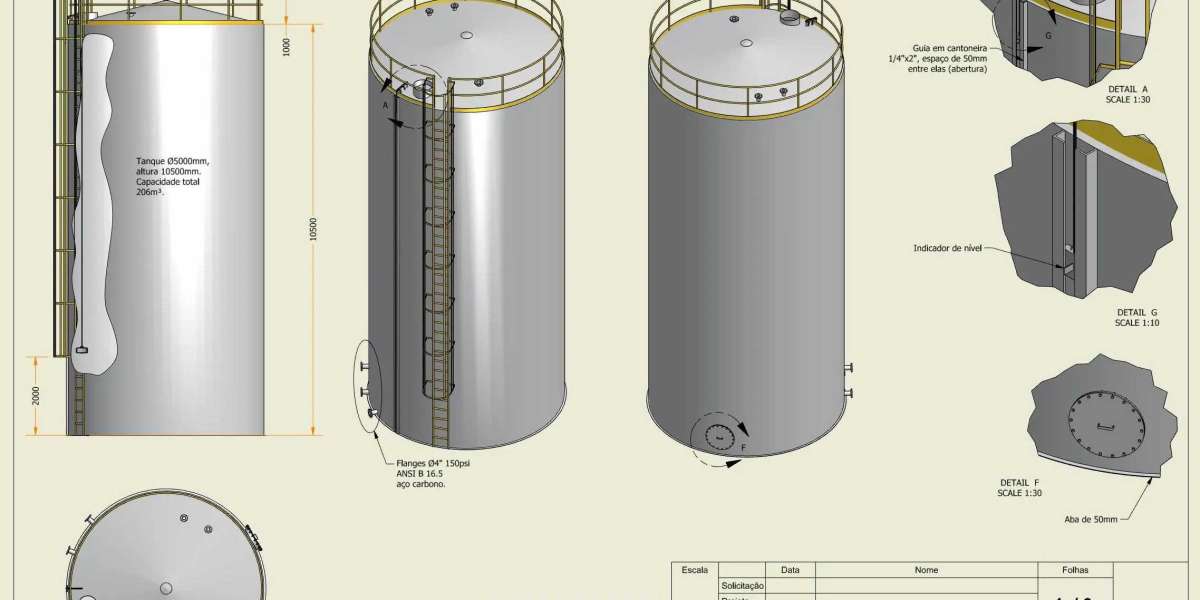Introduction:
In the scorching summer of 1966, China witnessed the dawn of a tumultuous era that would shape its history for years to come. This event, known as the Cultural Revolution, was a political and social movement launched by Chairman Mao Zedong, aimed at purging counter-revolutionary elements and revitalizing communist ideology in the country. With its fiery rhetoric, mass mobilization, and widespread violence, the Cultural Revolution unleashed waves of fervor, chaos, and suffering into the heart of Chinese society.
Description:
On June 1, 1966, Chairman Mao Zedong, standing atop the Gate of Heavenly Peace in Beijing's Tiananmen Square, waved a small red book vigorously, signaling the beginning of a new chapter in Chinese history. This book, titled Quotations from Chairman Mao, would soon become a powerful symbol of the revolution and serve as a handbook for millions of zealous young Red Guards, known as the Maoist shock troops. Mao's call to purge the country of revisionist elements within the Communist Party and throughout society ignited a fervent response, leading to a nationwide wave of radicalism.
This radical fervor swiftly spread, capturing the hearts of millions, including university students, factory workers, and even school children. Inspired by Mao's vision of a revolutionary utopia, these Red Guards donned red armbands, plastered posters of Mao's teachings on city walls, and formed militant factions. Their mission was to eliminate any remnants of traditional Chinese culture, ideological opponents, and those they deemed counter-revolutionaries.
In the following months, the Cultural Revolution escalated into a frenzy of violence and chaos. Schools were shut down, intellectuals were denounced, and traditional customs were fiercely condemned as bourgeois. Red Guard factions clashed with each other, resulting in brutal street fights and bloodshed. The destruction of cultural artifacts and the desecration of historical sites became a common sight across the country, as the Red Guards sought to erase any remnants of China's past.
The Cultural Revolution also unleashed a wave of political purges within the Communist Party itself. Prominent figures, once revered, were denounced, publicly humiliated, and stripped of their positions. China's previous top leaders, Liu Shaoqi and Deng Xiaoping, were among the targets of Mao's radical vision, with both men eventually purged and sent for hard labor in remote areas.
The Cultural Revolution brought widespread social disruption, tearing families apart and sowing fear and mistrust among the population. The economy suffered greatly as production and industrial output plummeted due to the focus on ideological purity rather than practical needs. It was not until Mao's death in 1976 that the Cultural Revolution began to lose momentum, fading into the pages of history, leaving scars that would take decades to heal.
Conclusion:
The Cultural Revolution of 1966 was a pivotal event in China's history, characterized by intense passion and destructive chaos. Mao's goal to reinvigorate revolutionary fervor within China profoundly impacted the nation's social, political, and cultural fabric. The scars left by this movement serve as a reminder of the dangers of blind ideological fanaticism and the devastating consequences it can have on a society.



